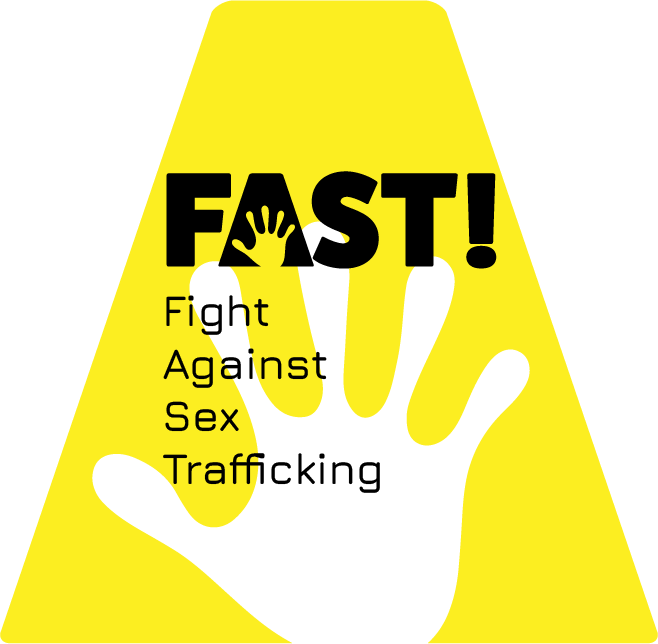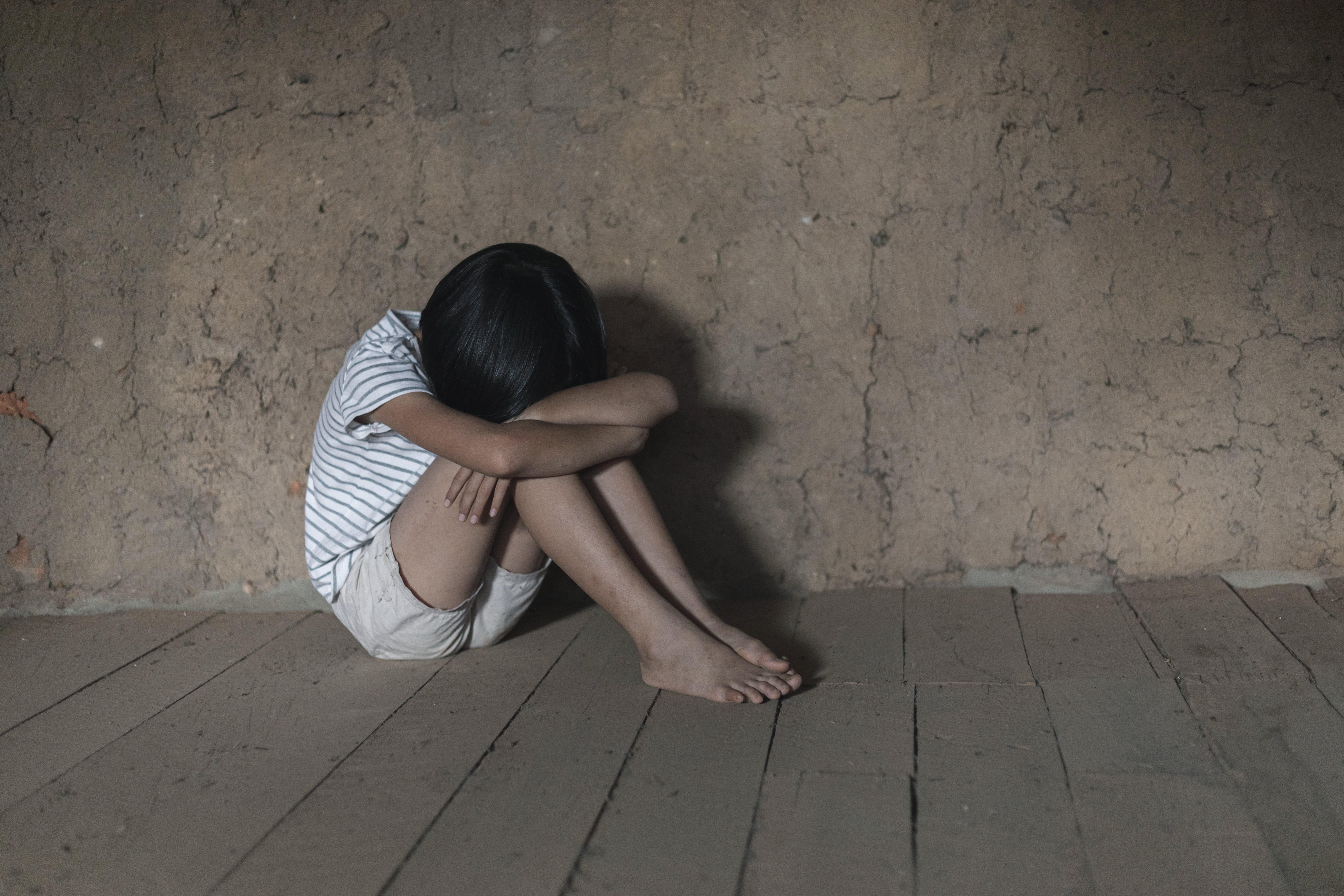Human Trafficking Continues to Plague East Africa. Despite efforts to combat human trafficking, the problem continues to thrive, with incidents shedding light on the grim reality faced by victims in East Africa.
In January 2020, ninety-six Ugandan women, primarily children and youth, were intercepted at Nairobi’s international airport while en route to the United Arab Emirates (UAE) for promised work opportunities. This interception is just one among many, underscoring the prevalence of a well-organized human trafficking ring operating under the guise of employment agencies in the region.
Human Trafficking Continues to Plague East Africa
Trafficking routes from East Africa to the Middle East have long been established, with Kenya serving as a hub for such illicit activities. The criminal network operates through a three-link value chain, involving recruitment brokers, Kenyan-based agencies, and counterparts stationed in the host country. However, recent cases suggest a shift in dynamics, with evidence pointing towards East Africans entirely orchestrating the trafficking process, particularly in the reception of victims in foreign countries.
The complexity of human trafficking is exemplified by the interregional and multinational connections involved. Victims are often trafficked across borders, with perpetrators exploiting regional networks to evade detection and prosecution. For instance, a Ugandan girl trafficked to Kenya was subsequently transported to Oman by a Kenyan national and then handed over to an Ethiopian national before being delivered to her employers. Similarly, cases of Ugandan girls trafficked to Dubai and coerced into sex work highlight the transnational nature of this criminal enterprise.
Efforts to combat human trafficking are hindered by various challenges, including inadequate intelligence on criminal networks, inconsistent engagement between countries, and regulatory gaps in the labor export sector. Despite measures such as bans on labor emigration and regional initiatives, trafficking continues to thrive, perpetuating the vulnerability of women and girls in the region.


